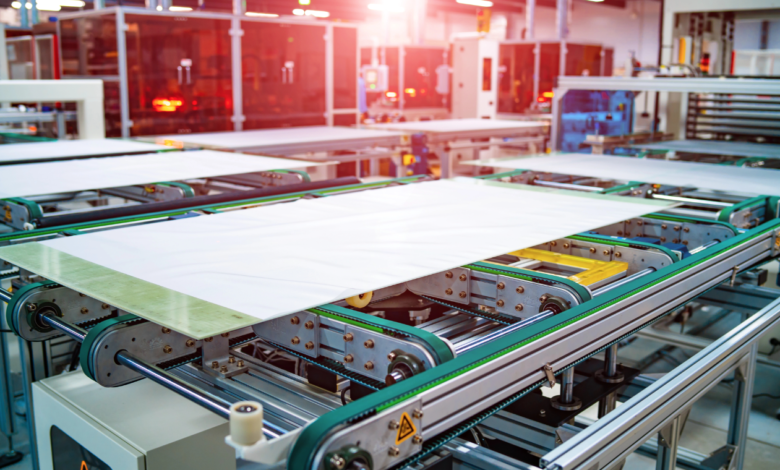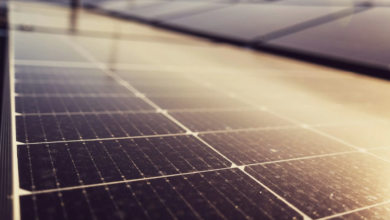
Just 1/7 of this “spare” capacity would cover the electricity demand of 88 countries in the global South
We have all the tools not only to meet, but even to exceed by 21% the goal of tripling renewables by 2030 worldwide. The global photovoltaic industry, in fact, has a “reserve” production capacity of almost 4,000 GW. Located at 80-85% in China. That, with the current policies of Beijing (and other countries), will remain undeployed.
Unlocking the potential of the global photovoltaic industry
These are the numbers. The manufacturing industry of solar panels has a potential, between 2024 and 2030, of about 7,310 GW. The capacity that should be installed in these 7 years, however, stops at 3,473 GW. The result is an unused spare capacity of 3,837 GW, “more than half of the total that could be produced, installed and used“, stresses a report by the think tank Ember.
At the level of cumulative installed capacity, according to today’s national targets, we should get to 7,241 GW by 2030 which can rise to 9,513 GW in case of full implementation of policies. Tripling renewables by 2030, the goal set at COP28 in Dubai last year, however, requires reaching 11,000 GW. “The implementation of all solar “backup” would reach the target a year earlier than expected and would provide 13,345 GW in 2030, exceeding the 21% target,” notes Ember.
Fully unlocking this potential would be a mutually beneficial solution, the report argues. Both for the energy transition in the least developed countries, and for the global photovoltaic industry. Just 1/7 of the solar reserve capacity would be enough to meet the growing electricity demand and ensure universal access to energy in 88 countries of the global South. And, meanwhile, reduce their dependence on imports, attract investment, create jobs. At the same time, increased production would also benefit module-producing countries and their economies.
The “bottleneck” is mainly found in China. Beijing, 15 years ago, gave priority to production for the domestic market, but now the greatest opportunities to expand installations “are located abroad”. “China has built its world-leading solar manufacturing industry by investing in the domestic market. Now, the real problem faced by the industry is not over-supply but under-installation“, comments Muyi Yang of Ember, so “The solution to support the industry lies in foreign markets, especially in developing countries“.





